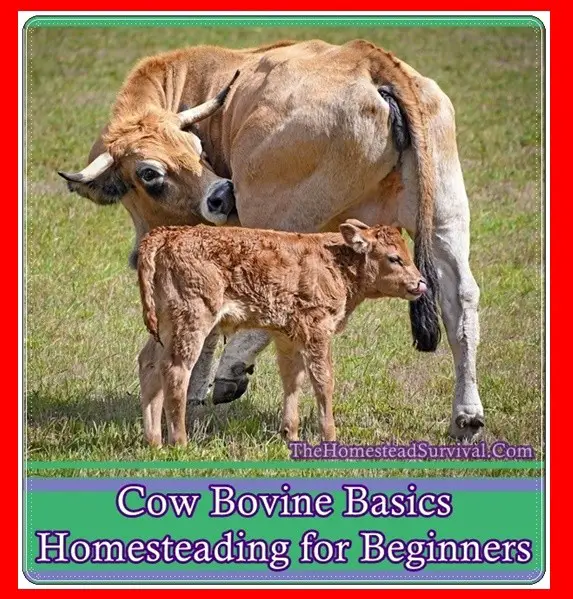This article featuring “Cow Bovine Basics Homesteading for Beginners” is packed with great information that will make you pause, think and decide if adding a cow to your homestead fits your homestead needs.


Subscribe Today
GET EXCLUSIVE FULL ACCESS TO PREMIUM CONTENT
Get unlimited access to our EXCLUSIVE Content and our archive of subscriber stories.